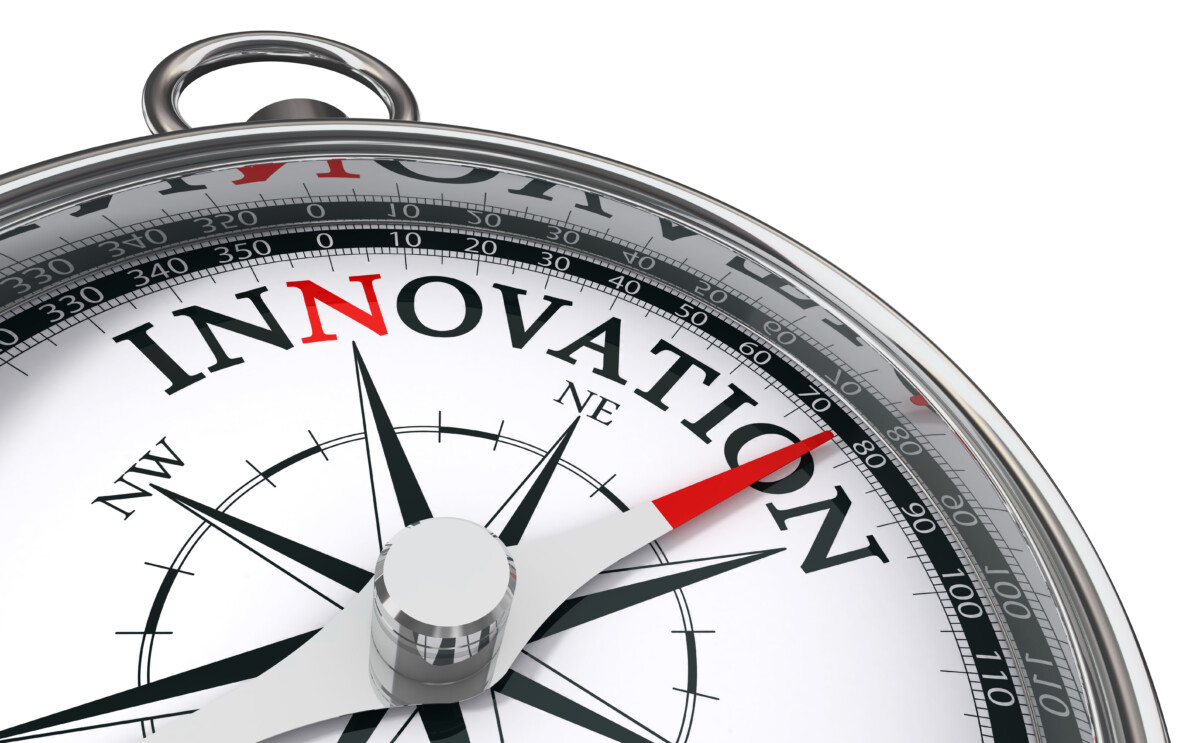
Todd Sherer, PhD
Todd Sherer, PhD, is the Associate VP for Research and Executive Director of the Emory University Office of Technology Transfer. Here, Todd shares the importance of innovation ecosystems: what they are, how they influence technology transfer, and where we go from here.
Thirty years ago, if you’d called the innovation ecosystem together at Washington State University – whose technology transfer office (TTO) I was working in at the time – I would have been the only person in the boardroom. Happily, this isn’t the case anymore: I recently had a meeting with at least eight different programs across the university to discuss innovation, commercialization, and how we can do more of it and better.
What is an innovation ecosystem?
An innovation ecosystem is an interconnected network of offices and programs who collaborate to support innovation. The goal of an innovation ecosystem should be to utilize or leverage resources responsibly for the benefit of the public, the stakeholders, and the inventors.
Academic innovation ecosystems have really taken off in the last decade, and per an AUTM meeting I attended recently, they’re the future of technology transfer. It’s been a natural evolution of the industry since its conception.
How has technology transfer changed?
The role of the university TTO has evolved and expanded since the Bayh-Dole Act helped create them in the ‘80s. At first, we provided transactional support, including patenting, marketing, and licensing technologies and distributing revenue if applicable.
Somewhere around the turn of this century, TTOs began to take on more responsibilities as catalysts for economic development. To recruit and retain faculty, it became crucial to offer start-up support, physical facilities such as incubators, and opportunities for economic development. Around this time, there was a paradigm shift in university tech transfer: Academia took on greater responsibility for developing its own technologies instead of hoping that industry would pick them up immediately following discovery. This led to more funding to develop technologies beyond basic research.
Eventually, we perfected the process of translational funding. Universities make money available to faculty to use for research that advances a technology they disclosed to the TTO. TTOs, along with these translational funding partners, are held accountable for making informed decisions to fund the best projects that have the potential to benefit society.
This evolution continues today as TTOs have become value creators through risk reduction, just like VCs, only earlier in the innovation pathway. While innovation ecosystems have expanded the number of players supporting academic innovation, TTOs continue to be the heart and soul.
What’s the biggest challenge for innovation ecosystems?
As innovation ecosystems are rapidly expanding, there are a few hurdles academia will need to overcome. Ideally, all the parties in an innovation ecosystem will collaborate and act upon shared goals.
At the moment, innovation ecosystems grow without strategic, overarching goals. The components within the ecosystem can be siloed, measuring success and impact based on their own metrics or none at all, rather than the ecosystem’s as a whole. If each party has different metrics, or none at all, it can prove difficult to work together to leverage resources for the benefit of the university and beyond.
But I’m hopeful for the future of innovation ecosystems. I foresee new challenges, responsibilities, and opportunities for the tech transfer industry in the coming years, made possible by a passionate, dedicated community of professionals.
How will innovation ecosystems impact tech transfer?
As I see it, the future of innovation ecosystems involves setting clear, cross-cutting metrics so that all parties can work effectively to leverage other people’s investment responsibly. When we have multiple offices working together to achieve common goals, we can more easily ensure we’re doing the best we can for our technologies, innovators, stakeholders, and the world at large.

Innovation ecosystems can guide TTOs toward the future.
Well-functioning innovation ecosystems can and will bring about changes to the role of university technology transfer offices. A few changes that I think we’ll see in the future:
- Potentially fewer/shifting responsibilities for TTOs. As our innovation ecosystems grow, we could find that other programs take on certain duties (such as training faculty to become better entrepreneurs), leaving room for the TTO to focus on other things. Alternatively, we may share training duties that build upon each other rather than compete.
- More accountability for TTOs to collaborate. We will increasingly be held accountable for more cross-cutting metrics that rely on multiple programs and offices functioning well together. Examples of this already at work include our collaboration with local translational funding programs. Working together to form and better startups is another example of collaboration.
- Expanded career progression. The expansion of our innovation ecosystems brings new job opportunities for technology transfer staff to move and grow. In smaller business communities, technology transfer professionals may not have to pack up and move their families to find new jobs. This is good for everyone as we face workforce challenges.
Though new programs may come and go, innovation ecosystems are here to stay. The most successful technology transfer offices will figure out how to leverage their role within the ecosystem for the benefit of the university and its faculty.